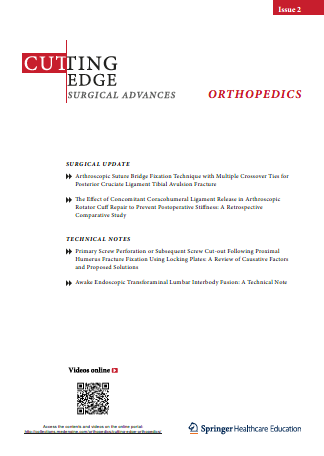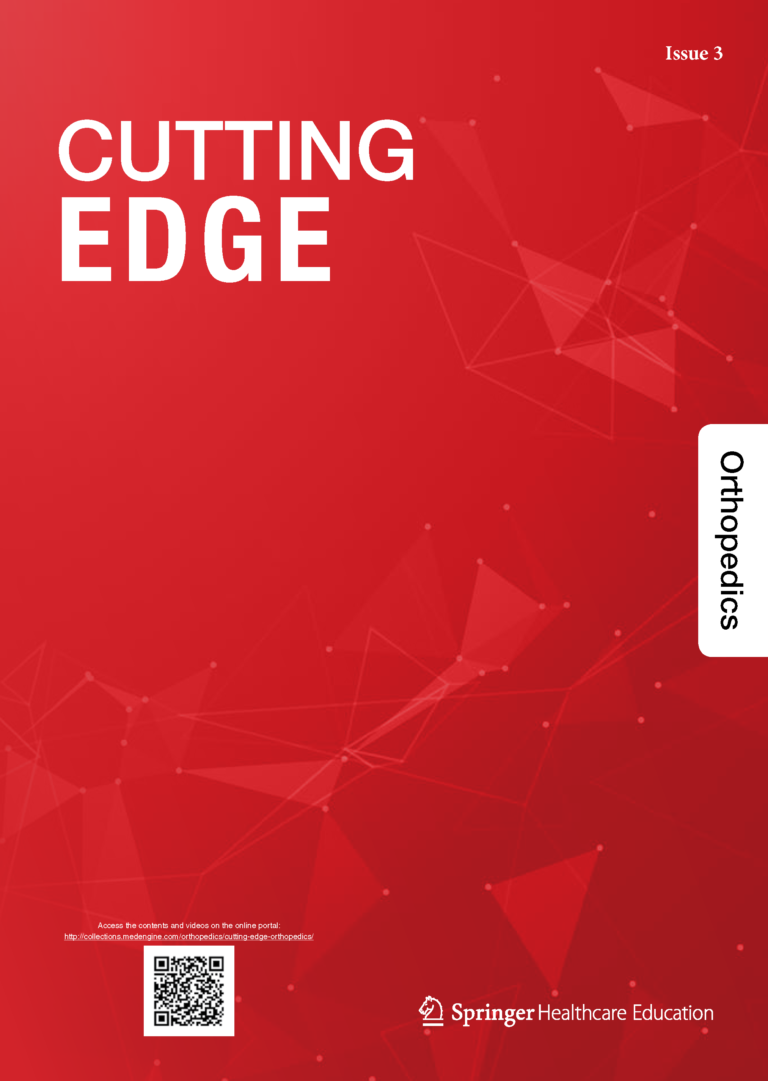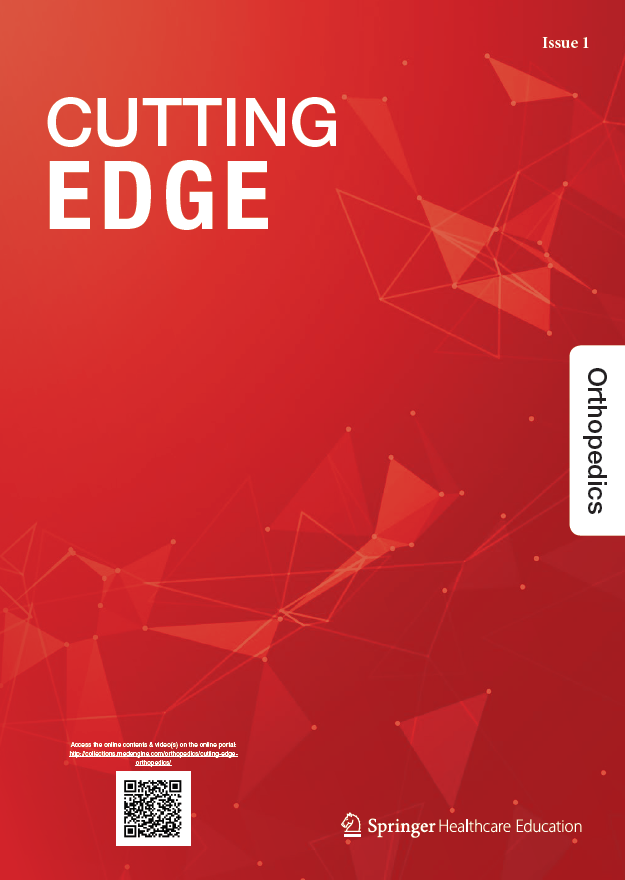Cutting Edge Orthopedics
2020
Issue 2

Arthroscopic suture bridge fixation technique with multiple crossover ties for posterior cruciate ligament tibial avulsion fracture
Video
Process of arthroscopic suture bridge fixation technique with multiple crossover ties for posterior cruciate ligament tibial avulsion fracture
The effect of concomitant coracohumeral ligament release in arthroscopic rotator cuff repair to prevent postoperative stiffness: a retrospective comparative study
Video
Rotator cuff repair was performed through the single row or double row technique using suture anchors, according to tear size and tear configuration
Issue 1

Shortening subtrochanteric osteotomy and cup placement at true acetabulum in total hip arthroplasty of Crowe III–IV developmental dysplasia: results of midterm follow-up
Video 1
Clinical improvement in the patient who underwent transverse subtrochanteric osteotomy surgery is illustrated. All patients had the ability to walk normally without any help at 3 months after the surgery.
Mobility of the rotating platform in low contact stress knee arthroplasty is durable
Video 1
The straight-ahead variant of moving from sit to walk is illustrated. Light-emitting diode femoral markers were attached to an epicondylar frame and tibial markers to a band around the shank.
Video 2
The crossover stepping variant of moving from sit to walk is illustrated. Light-emitting diode femoral markers were attached to an epicondylar frame and tibial markers to a band around the shank.
Video 3
The sidestepping variant of moving from sit to walk is illustrated. Light-emitting diode femoral markers were attached to an epicondylar frame and tibial markers to a band around the shank.
2019
Issue 3

Evaluation and Management of Posterolateral Rotatory Instability (PLRI)
Video 1
Bone bridge at the proximal epicondyle. The free ends of the graft are prepared with a braided synthetic Krackow suture. The humeral tunnel is then prepared and two drill holes connected to the tunnel for suture and graft passage. With sutures passed through the humeral drill holes, the two ends of the graft are pulled into the humeral tunnel. It is important to make sure that the graft is of appropriate length so that the free limbs do not both bottom out in the humeral tunnel.
Intraoperative ultrasound-guided reduction of femoral shaft fractures using intramedullary nailing: a technical note
Supplementary material 1
Supplementary material 2
Arthroscopic meniscus repair for recurrent subluxation of the lateral meniscus
Supplementary material 1
Supplementary material 2
Issue 2

Tibial Plateau Fractures in the Elderly
Video 1
Total knee arthroplasty in patients with prior ipsilateral hip arthrodesis
Video 1: Case 1
Video shows gait pattern 11 years after surgery.
Video 2: Case 2
Video shows gait pattern 1 year after surgery.
Video 3: Case 3
Video shows gait pattern 1 year after surgery without shoes.
Issue 1

Video 4.1
Video depicting thesemi-sterile technique. Note the minimal use of drapes and gowns (Courtesy ofJoshua M. Abzug, MD).
Video 4.2
During reduction of anextension-type supracondylar humerus fracture, the milking maneuver isperformed first. Reduction is then performed with longitudinal traction andflexion of the elbow, while the upper arm is stabilized at the axilla. Theimage intensifier is utilized as a table. Care is taken to ensure the arm isexternally rotated through the glenohumeral joint for lateral radiographs toavoid displacement or rotation at the fracture site (Courtesy of Joshua M.Abzug, MD).
Video 4.3
Stability of the fixationis assessed for both anteroposterior and lateral views with live fluoroscopy asflexion/extension, varus/valgus, and rotational stresses are applied.


